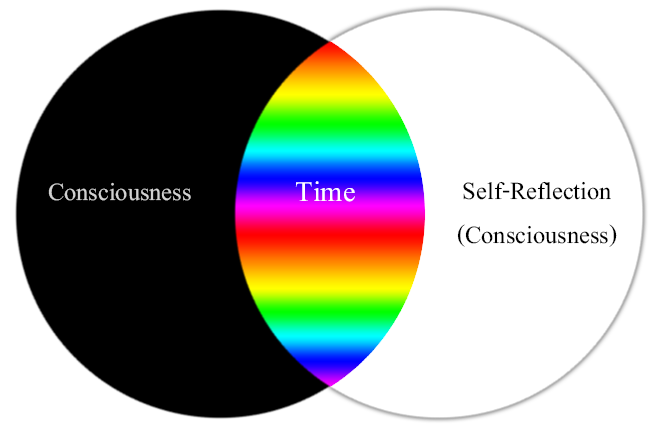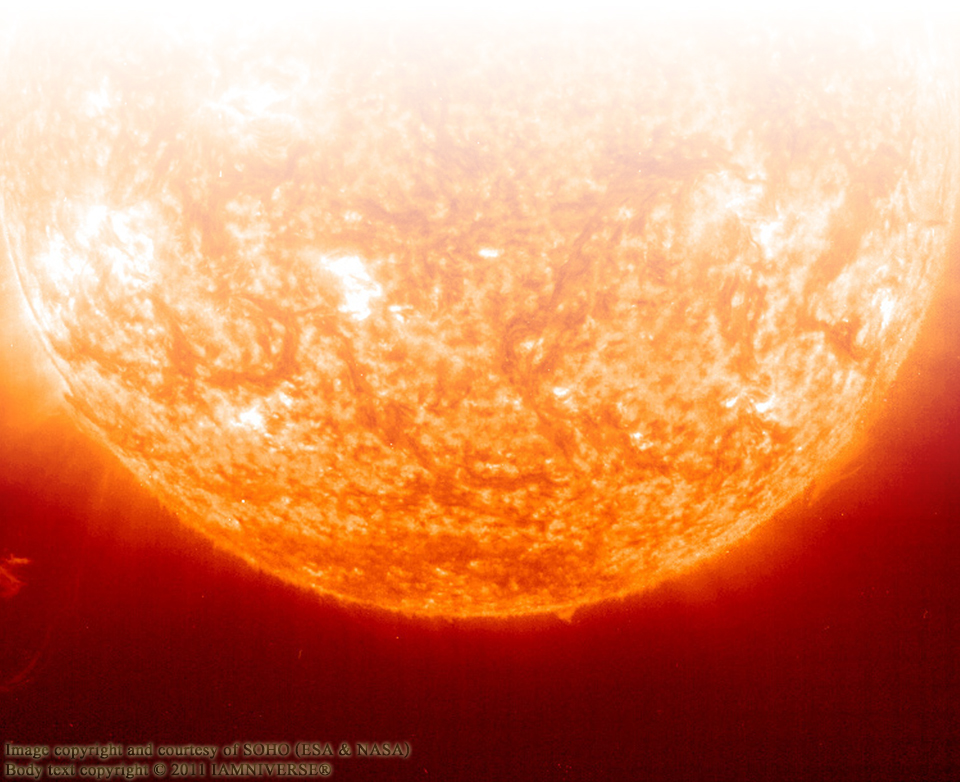There are an unlimited amount of perspectives theoretically possible in existence. However, you only experience the momentary perspective most relevant to your state of consciousness, which is predicated by a brain state and mental state. As long as you exist, there will always be an unlimited amount of possible momentary experiences to create your sensation of time. If even if there was a limited amount, having the same experience over again would make it uniquely a second time, and thus not actually the same experience. A fun way to remember this concept is to think of time as an acronym, The Infinite Moment Experience. There are an unlimited amount of possible momentary experiences (aka “moments”), and you experience one after another linearly, for the story-like experience called “time.”
The human experience can only be realized within the illusion of time. Time is a natural, self-created hallucination that allows for a story-like perception of change. And although time may be an illusion, the experience of it is real. Similarly, reality may be an illusion, but the experience you have of it is real. This is similar to how while watching a movie you are really just observing light projected off a screen, in the face of all the learning and fun you can experience while watching. Reality is the experience consciousness has of itself—it is the automatic observation consciousness produces in time.

The diagram above represents the physical experience of time; it symbolically illustrates how consciousness experiences time, relative to the physical universe.
1. This represents the focus of awareness that consciousness experiences in the physical universe—your body.
2. This represents the probable experiences consciousness may have as time. All possible perspectives and experiences of reality are filtering into one ultimate experience.
3. This represents the flow of change that creates the experience of time.
The world around you is the most probable reality you can experience. You only perceive the reality that is most probable to occur, by definition. This goes back to the concept that time doesn’t exist; therefore, the future can only exist as a probability of the now present moment. This infinite array of probabilities collapses into your present experience of time.

The diagram above represents the mental experience of time. It symbolically portrays the mental experience of time as an oscillation of “has happened” and “might happen,” which creates the experience of the present moment.
You cannot actually perceive one moment in time and mentally understand it using conscious recognition. It takes a certain amount of time to self-reflect and realize that things are changing in your reality. This kind of passive thinking about past and future is automatically generated in the moment unconsciously, and this passive, unconscious thought process involves a reference to past and future, or else you would have no memory whatsoever, and be incapable of reading this very sentence. This passive generation of mental time experience is akin to your body generating a heartbeat—they are equally automatic.
In this one now moment, for a human to comprehend its position in time, the position it identifies with must be relative to another position, this mental association is made from the idea of “the past” and the idea of “the future.” Right now, in order to comprehend the phrase “right now,” you must think about the past and probable future. The concept of past and future allows there to be a concept of now. The past and future are what define the present, relative to the mental experience of time.

The diagram above illustrates the overall concept that time is an experience of self-reflection. Consciousness self-reflects upon itself, and in that self-reflection creates time. Time is experienced as the self-reflection itself. Just like how you look at your hand to see how your hand exists, consciousness looks in itself to see how it exists. When consciousness chooses to observe itself, it generates “change in observation”; that process is what is referred to as “time.” That experience of constant change is the perspective you have of your reality.
You only experience your consciousness through time.


